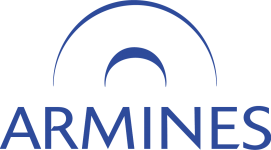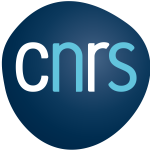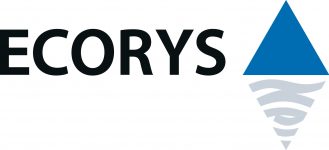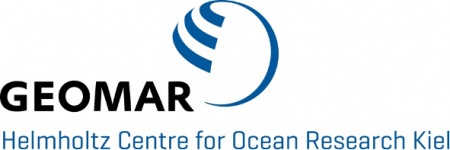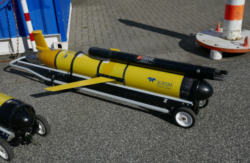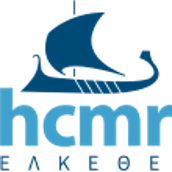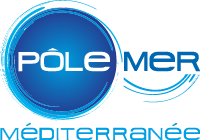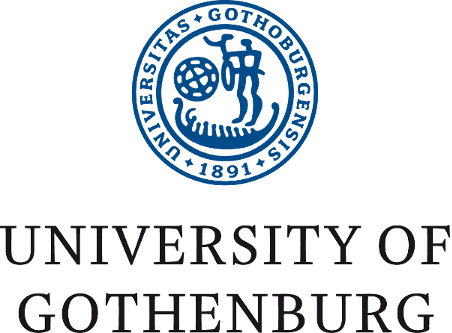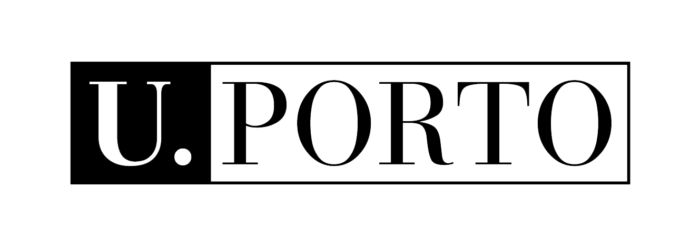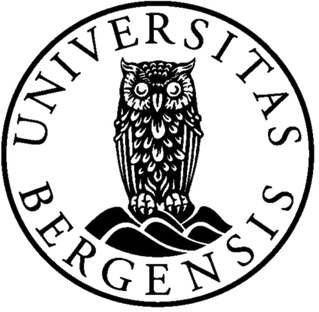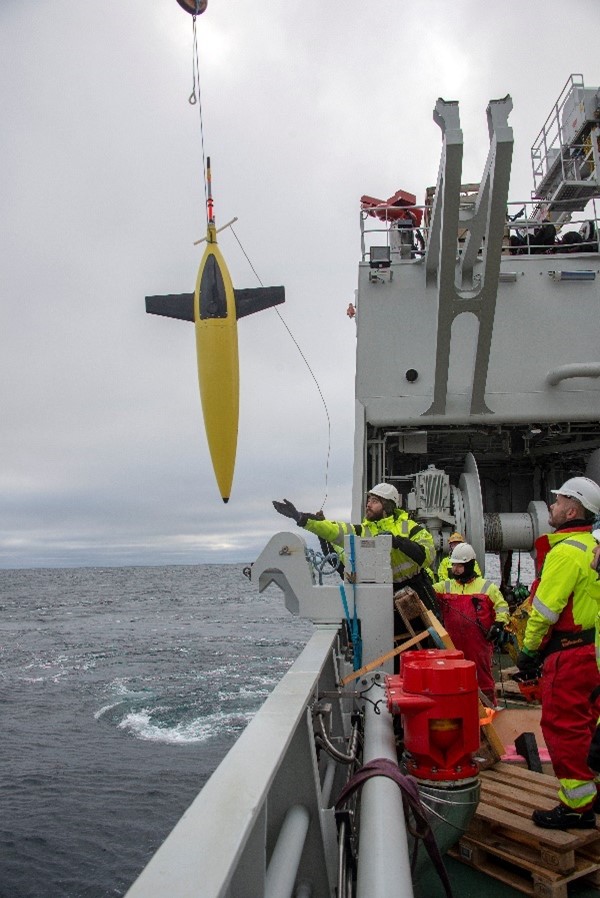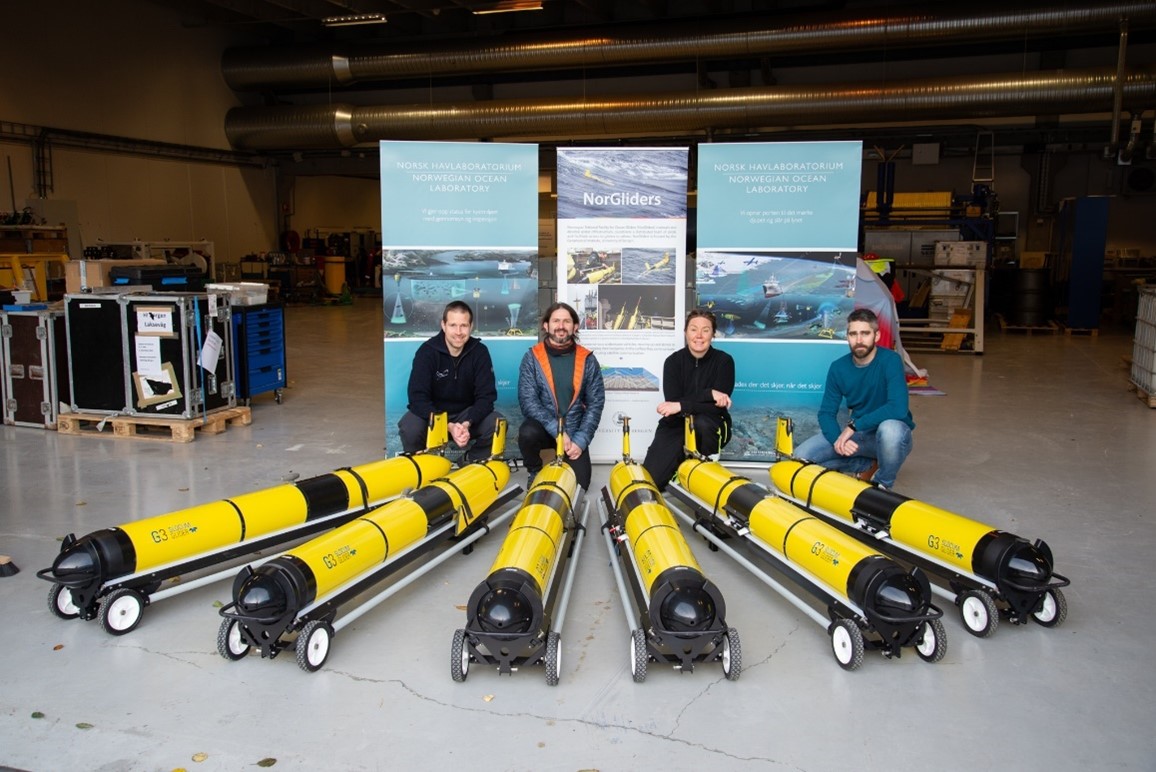The Marine Institute operates three 1000m rated gliders, “Laochra na Mara”, “Aisling na Mara”, and “SeaMonitor”. The gliders are part of EirOOS – the Irish Ocean Observing System. The gliders are available to the user community for oceanographic surveys and can be operated from appropriate vessels, subject to approval. The gliders are capable of operating for 90 days autonomously. For further information on glider availability, operations, logistics and user access rates please contact the Marine Institute glider team.

